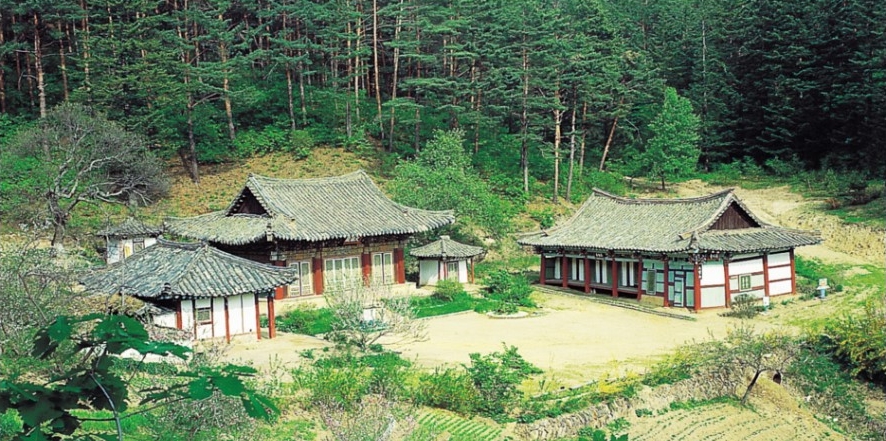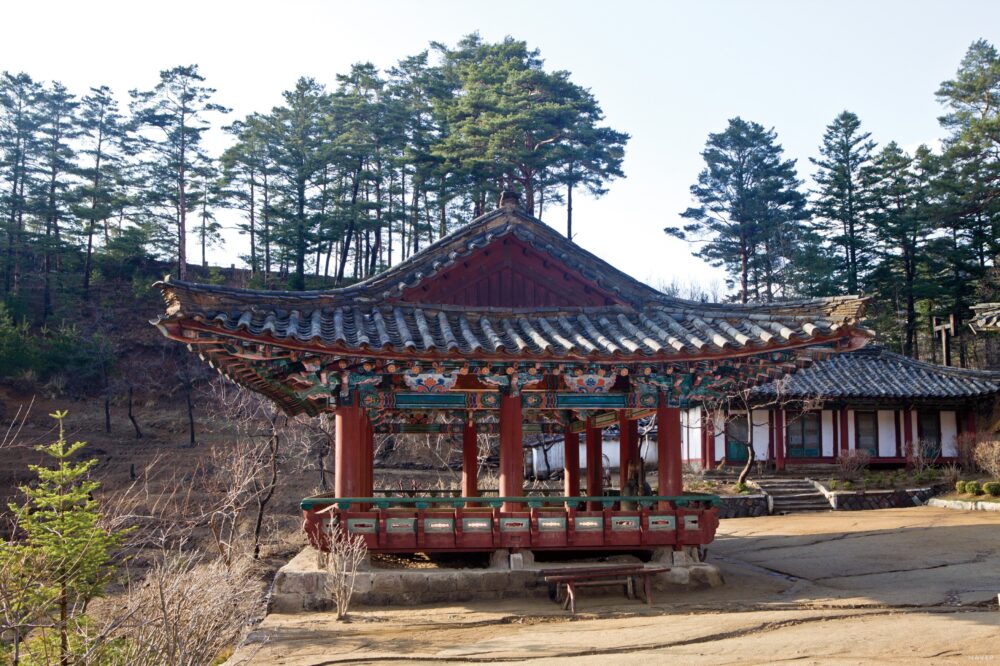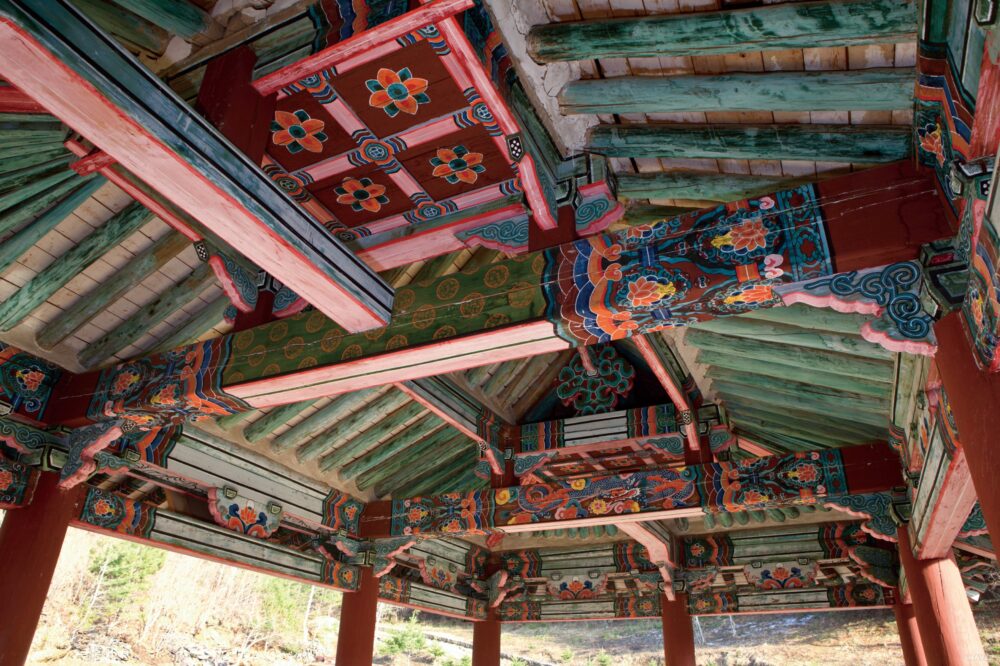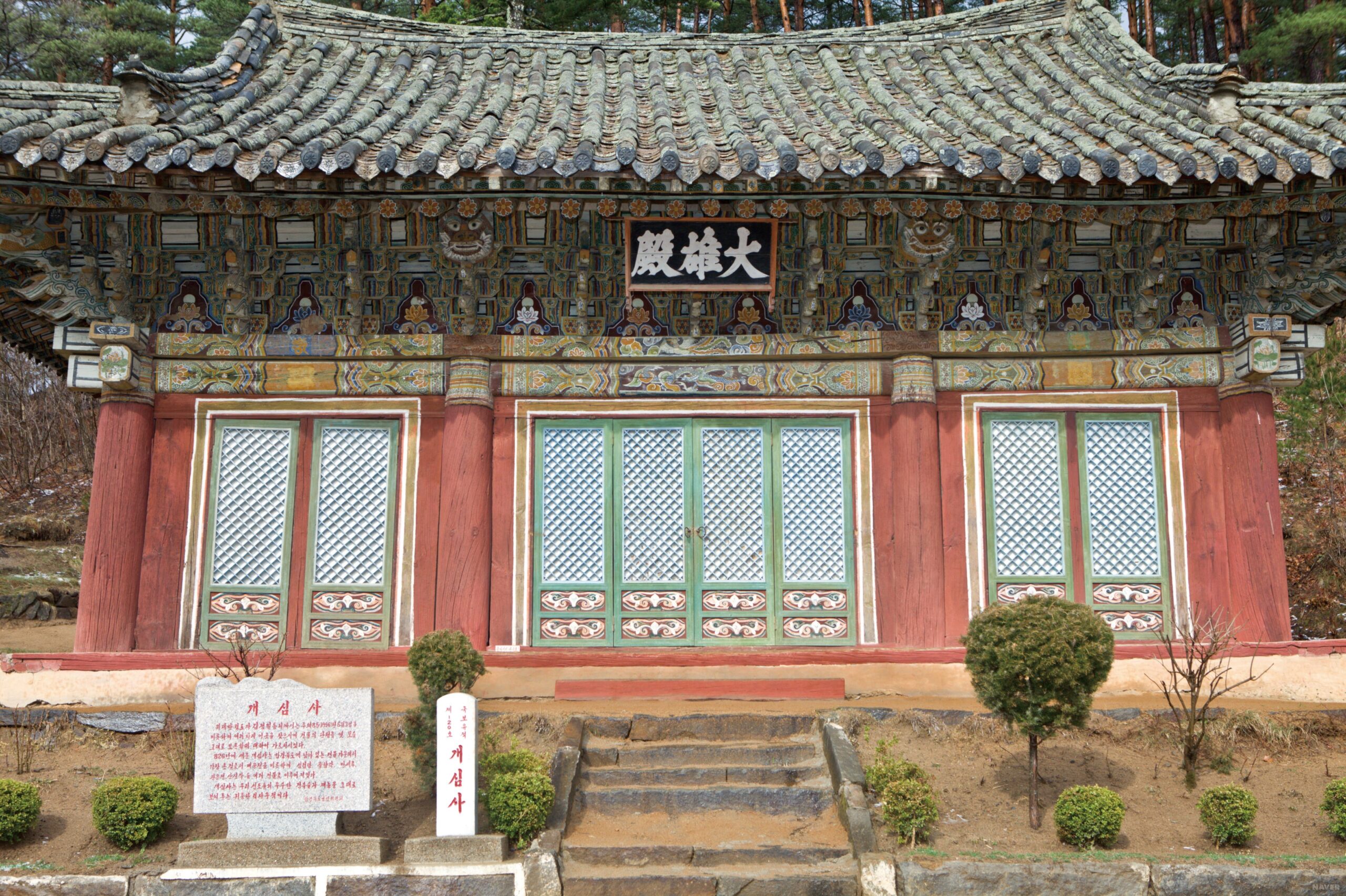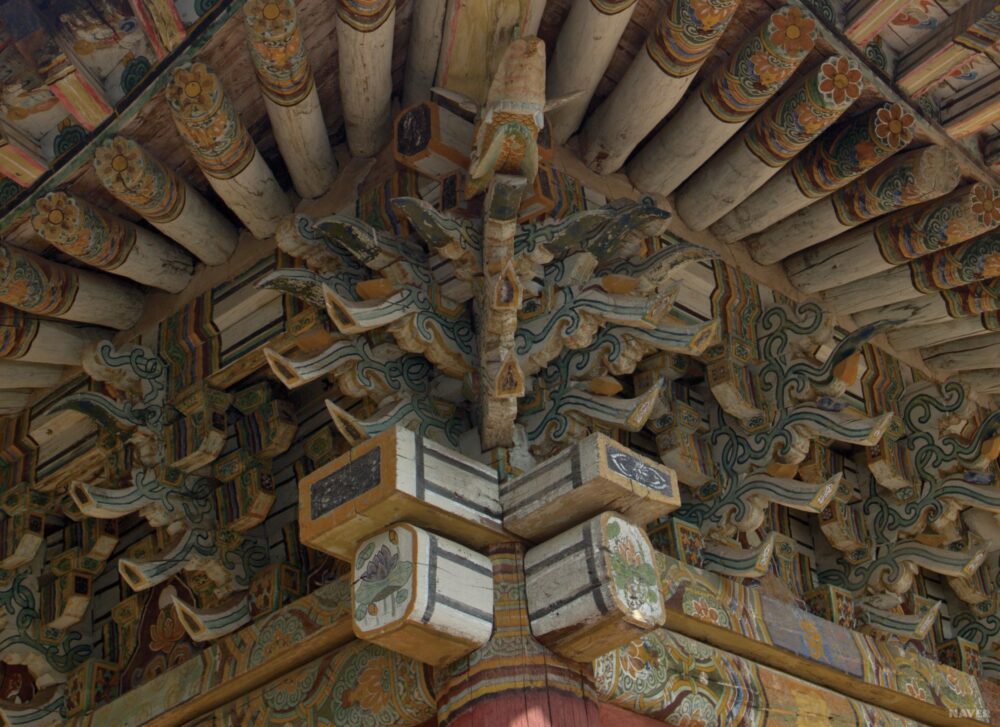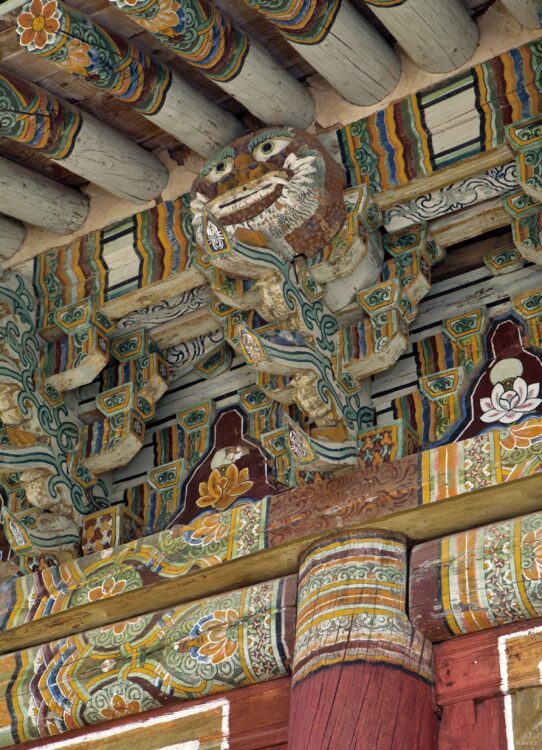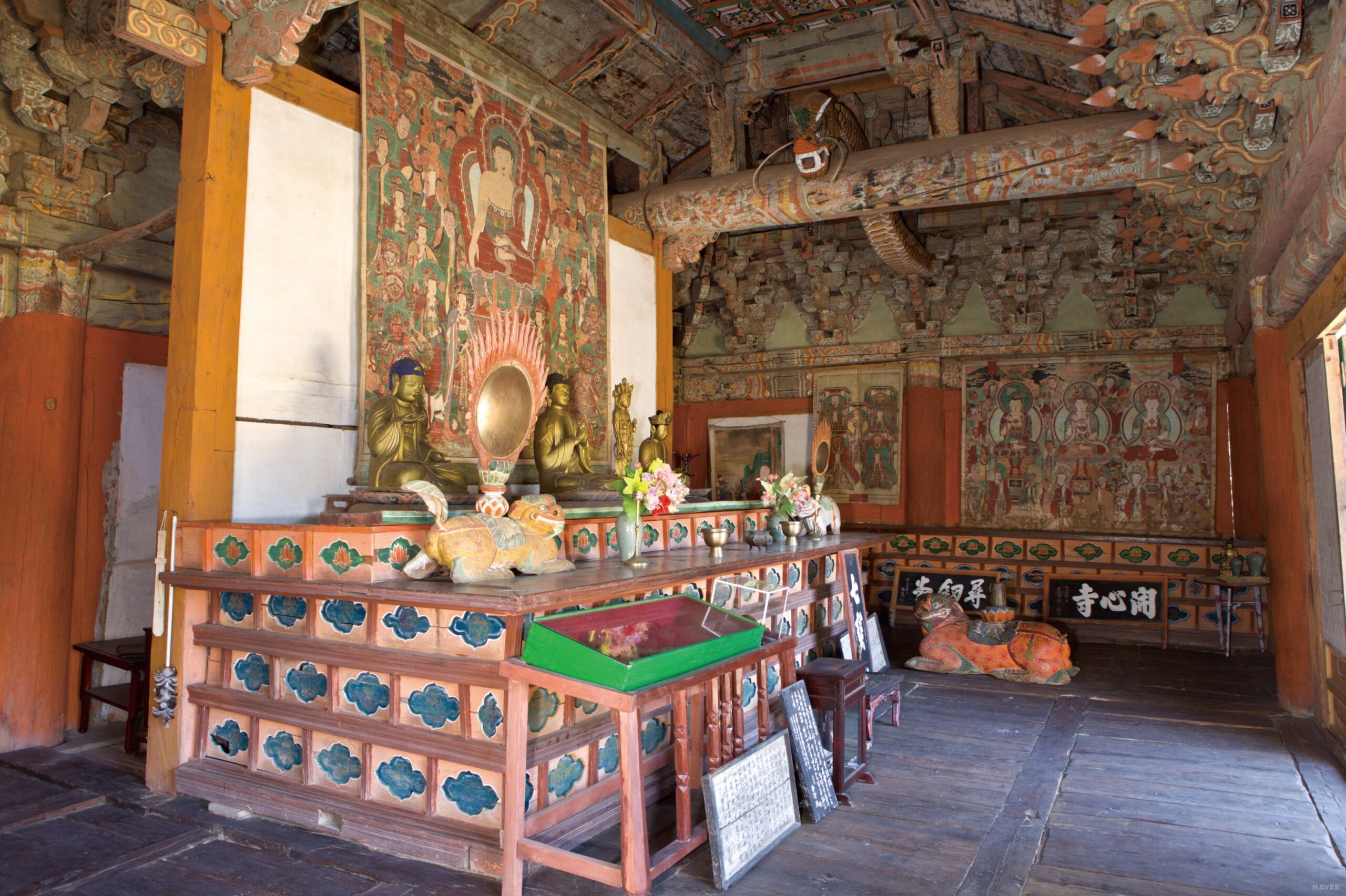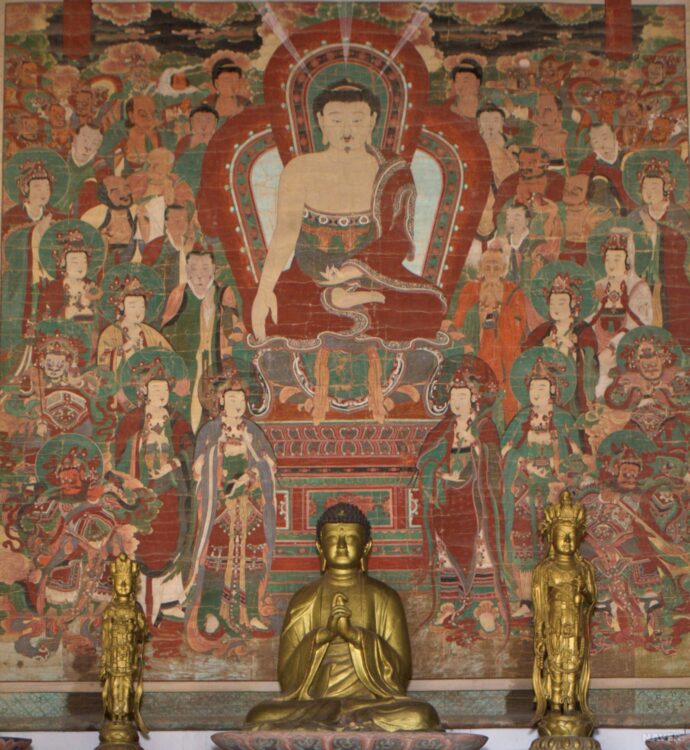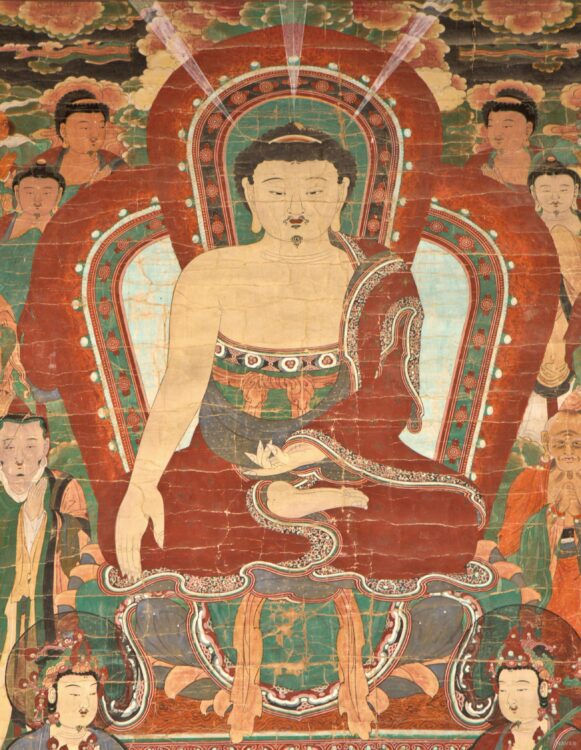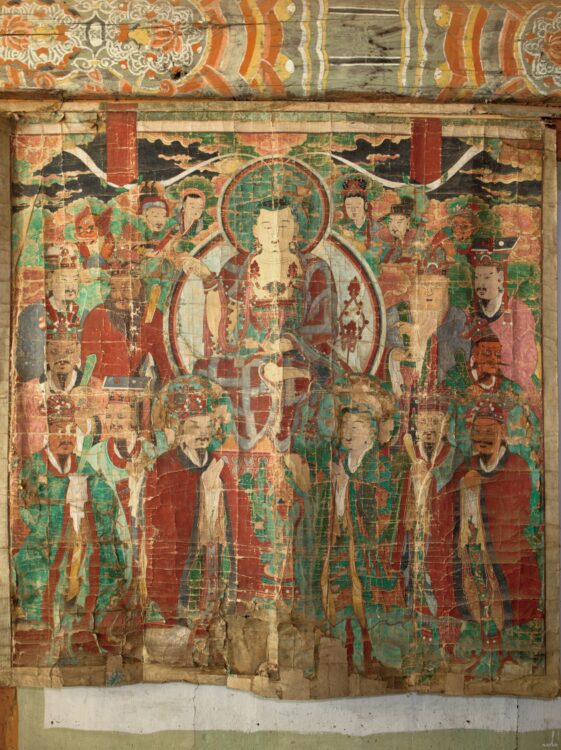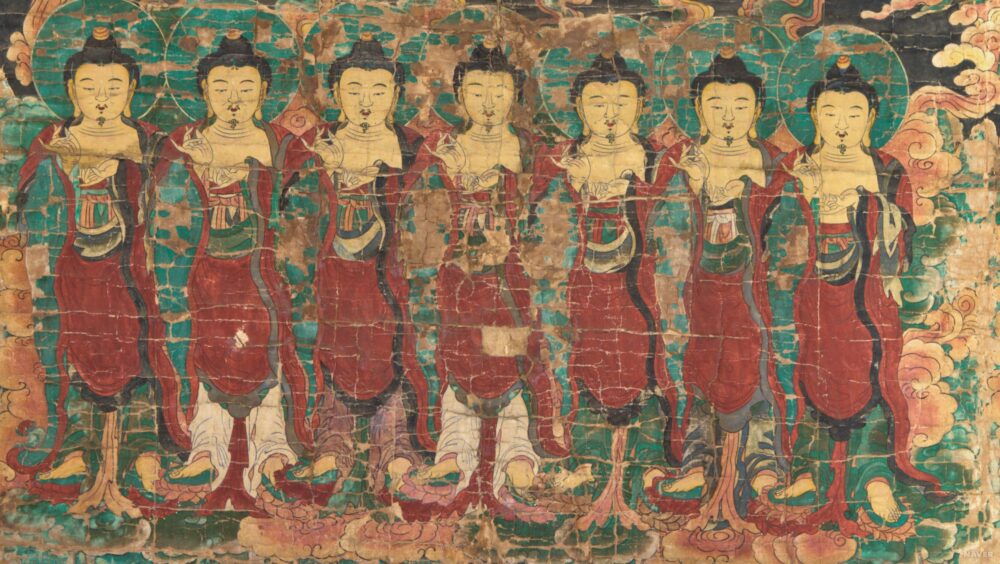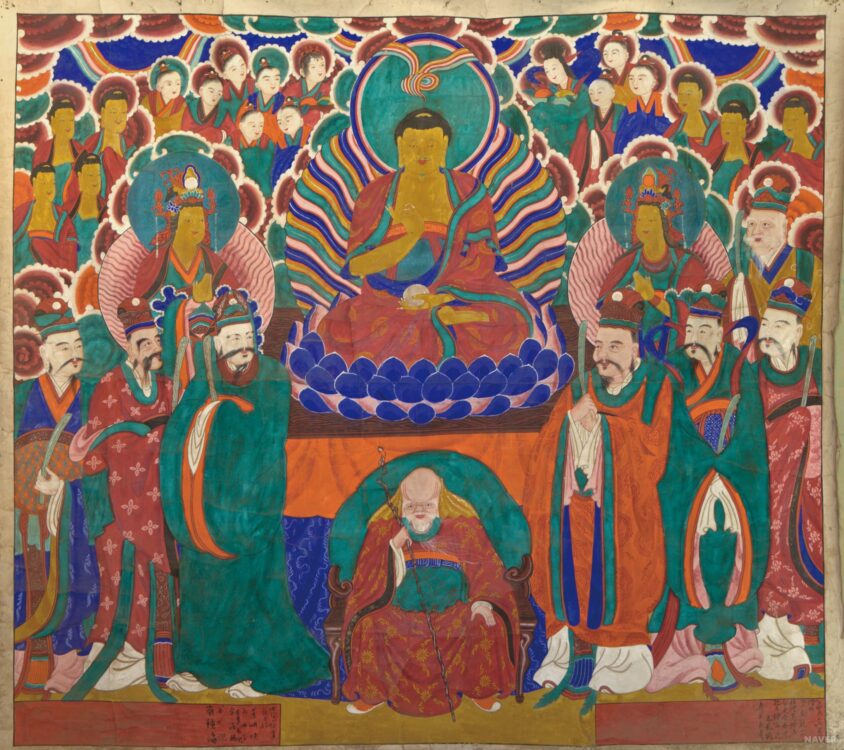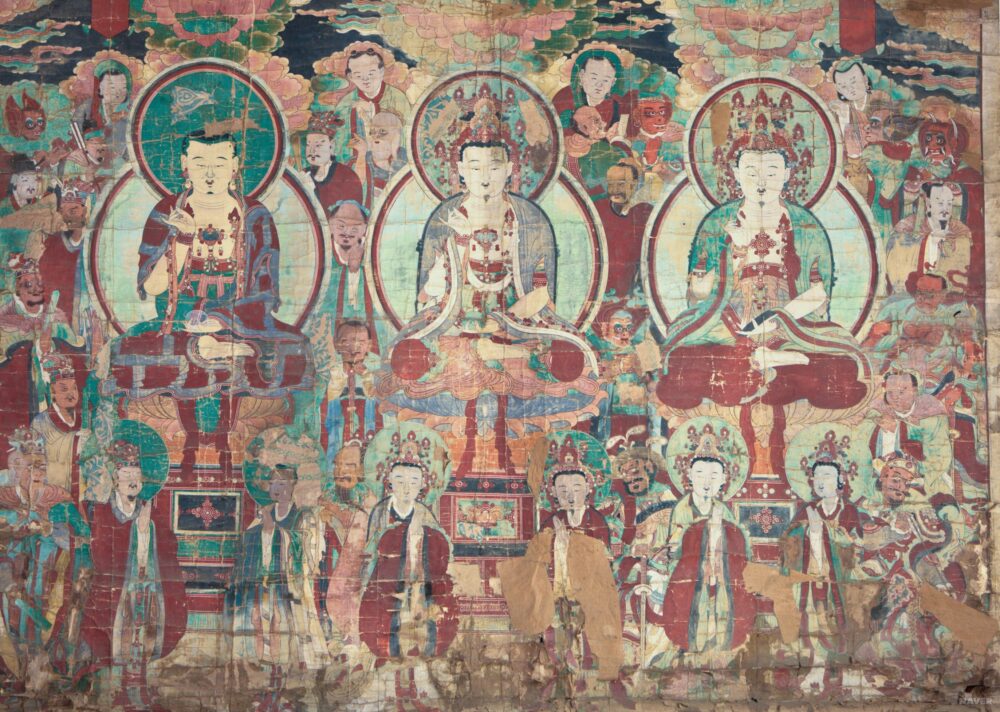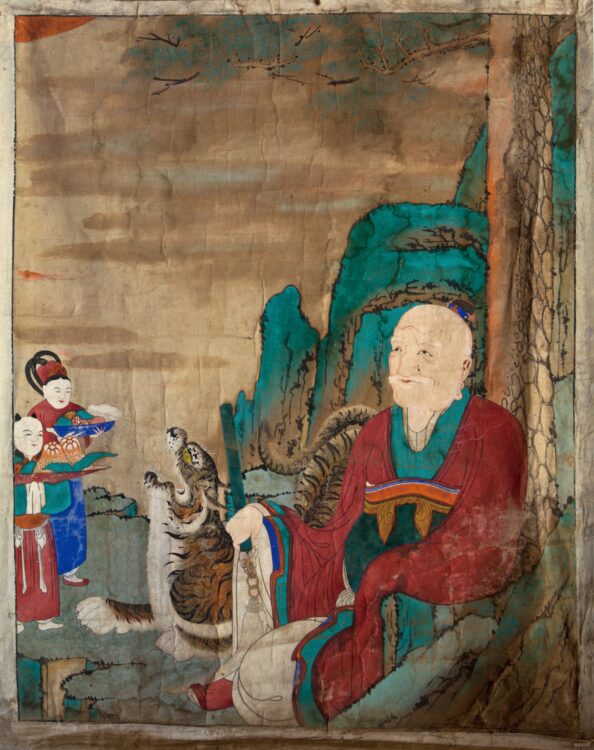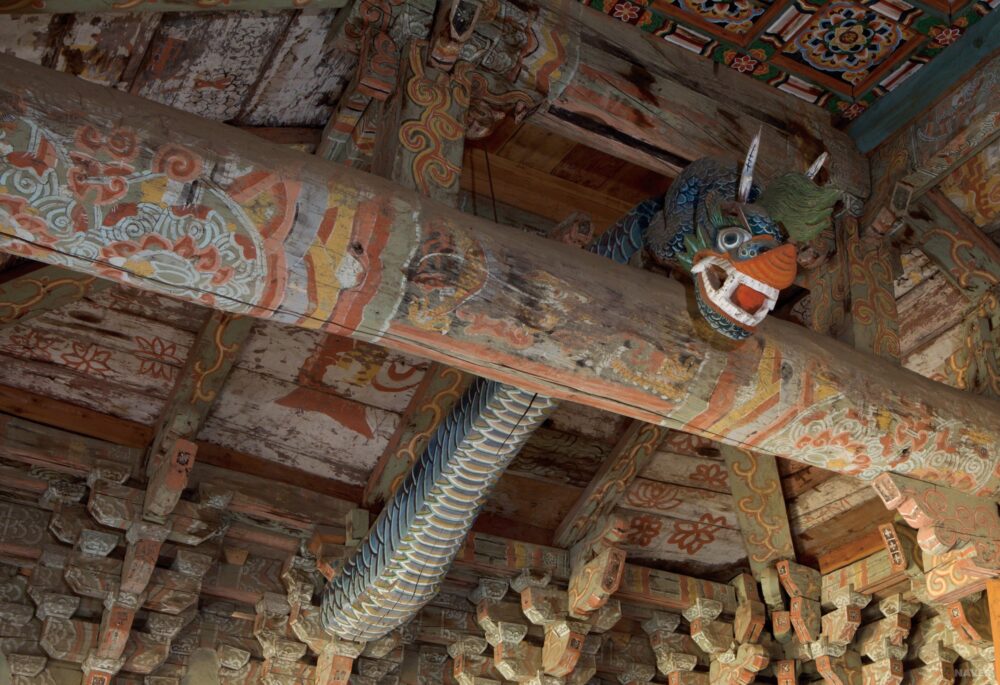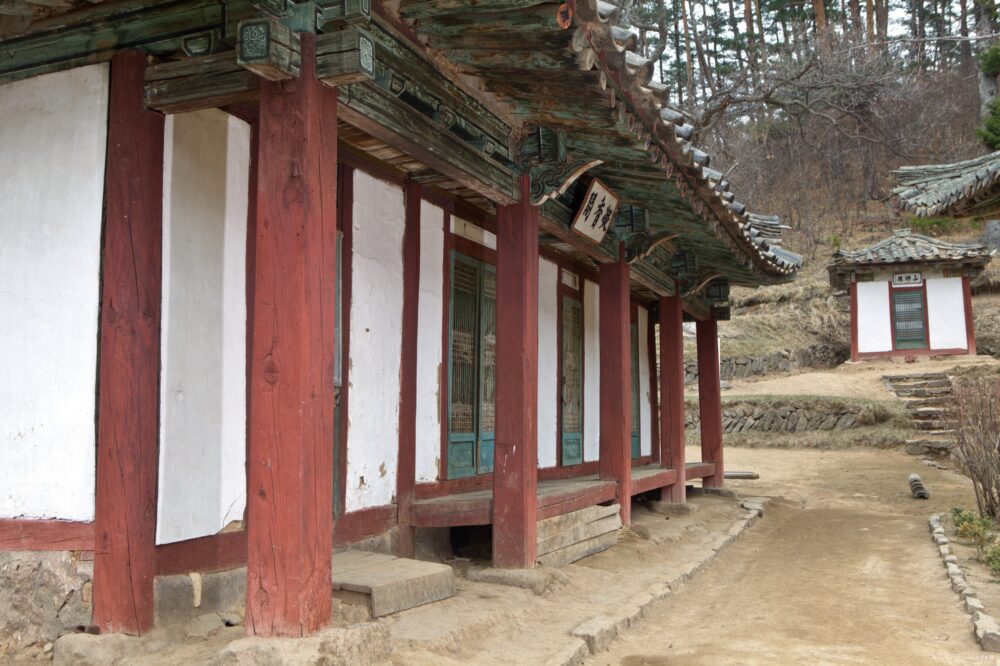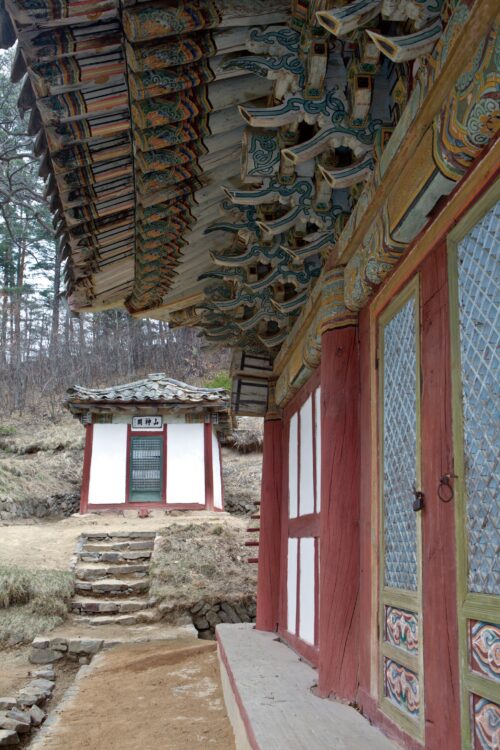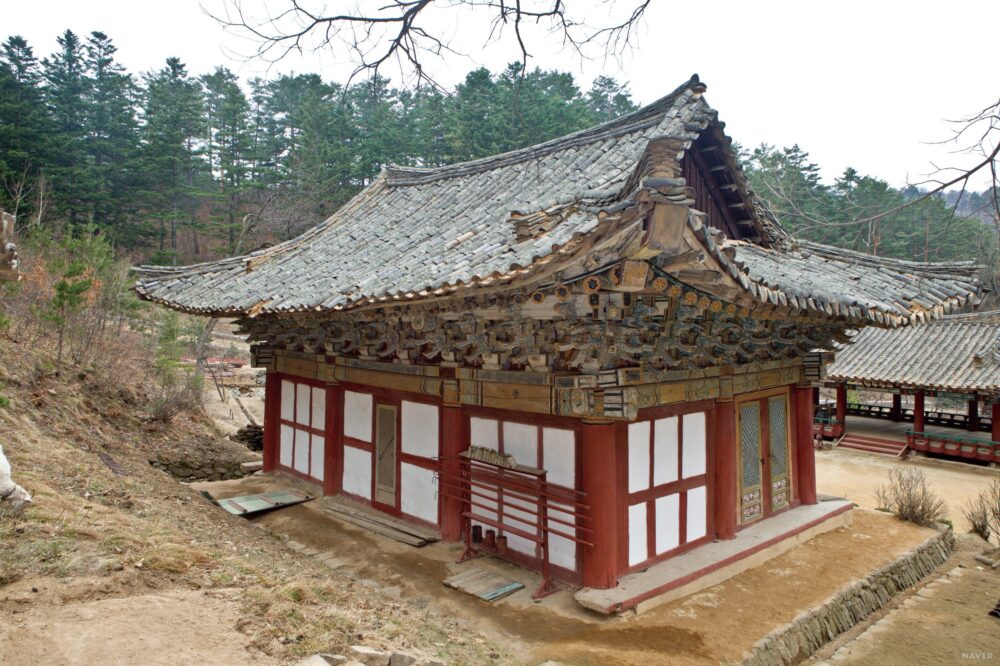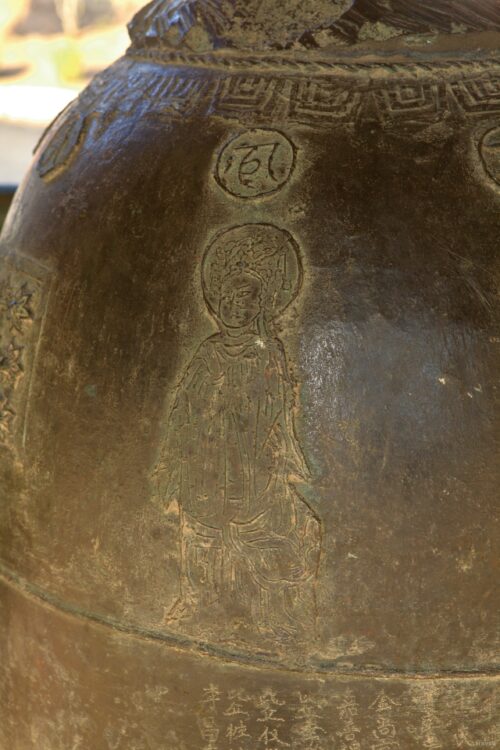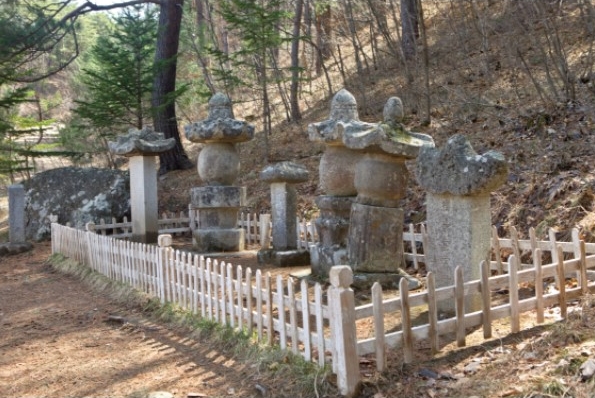Kaesimsa Temple – 개심사 (Mt. Chilbosan, Hamgyongbuk-to, North Korea)
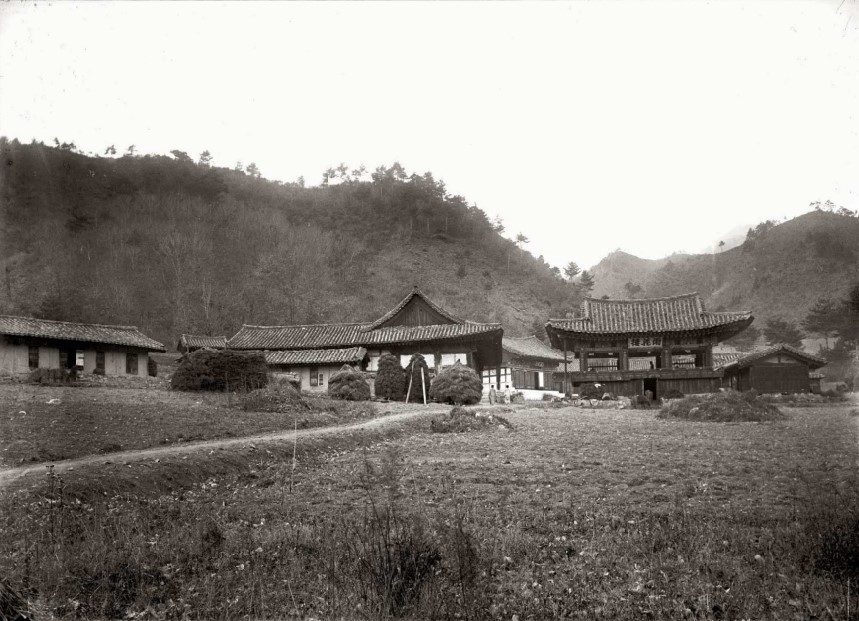
Temple History
Kaesimsa Temple [Gaesimsa Temple] is located on Mt. Chilbosan (1,103 m) in Hamgyongbuk-to, North Korea. And for the rest of this article, it should be noted, that the spelling of North Korean places will use the North Korean style of spelling. Kaesimsa Temple was first founded in 826 A.D. during the Palhae [Balhae] Kingdom (698-926 A.D.). The temple would later be restored in 1377 during the Koryo [Goryeo] Dynasty (918-1392). Originally, it was believed that the temple was first established in 1377. However, during excavation work and repairs conducted at the temple in 1983, it was discovered that the temple was in fact founded in 826 A.D., which is much earlier than once thought.
The temple would act as a location for the collection of important Buddhist sculptures, paintings, and texts. The temple is also home to a 180 kg bronze bell that was made in 1764. It’s also around this date, in 1784, that the Taeung-jeon Hall [Daeung-jeon Hall] that currently stands at Kaesimsa Temple was built. The temple would then undergo major repairs in 1853. And in 1923, the Manse-ru Pavilion that once stood out in front of the Taeung-jeon Hall collapsed during a flood.
Currently, Kaesimsa Temple is made up of some six buildings. It’s the largest Buddhist temple in Hamgyongbuk-to. Additionally, Kaesimsa Temple is North Korean National Treasure #120.
Temple Layout
As you first approach the temple grounds, you’ll notice that Kaesimsa Temple is surrounded by a beautiful, mature forest. Straight ahead of you, and where the historic Manse-ru Pavilion once stood, you’ll find a newly built Manse-ru Pavilion. This entry pavilion looks out onto the neighbouring countryside. As for the interior of the Manse-ru Pavilion, you’ll find vibrant dancheong colours adorning it, including a floral painted ceiling.
Straight ahead of you is the historic Taeung-jeon Hall [Daeung-jeon Hall]. The main hall is fronted to each side by the Umhyang-gak Hall and the Simgom-dang Hall [Simgeom-dang Hall]. The front latticework to the Taeung-jeon Hall is rather plain, but the eaves are intricate and detailed. The eaves are adorned with dancheong and a collection of Gwimyeon (Monster Masks) at the butt of the sectional beams.
Stepping inside the Taeung-jeon Hall, you’ll be welcomed by one of the more ornate interiors to a North Korean Buddhist temple. Typically, they are more understated than their southern cousins. On the main altar, you’ll find five statues. In the centre rests an image of Birojana-bul (The Buddha of Cosmic Energy). This central image is joined to the immediate right and left by two standing images of Gwanseeum-bosal (The Bodhisattva of Compassion). The image of Gwanseeum-bosal to the right is an eleven-headed image of the Bodhisattva of Compassion, while the standing image to the left is a nine-headed image of Gwanseeum-bosal. Looking up at the ceiling of the main hall, you’ll find beautiful floral designs and two large, wooden dragons. On the far left wall, you’ll find two older murals joined by a more recent mural. One of the older murals is dedicated to Jijang-bosal (The Bodhisattva of the Afterlife) and the other is a Gamno-do (Sweet Dew Mural). These two are joined by a Chilseong (Seven Stars) mural. And to the right of main altar, you’ll find a collection of three older murals. The first to the far right a Samjang-bosal-do mural. To the left, you’ll find a mural that contains five of the ten Siwang (The Ten Kings of the Underworld). And to the left of this mural is an older looking Sanshin (Mountain Spirit) mural. You can tell that Kaesimsa Temple was once a historic repository for paintings from the interior of the Taeung-jeon Hall.
And to the immediate right and left of the Taeung-jeon Hall [Daeung-jeon Hall], you’ll find the Sanshin-gak Hall and the Kwanum-jeon Hall [Gwaneum-jeon Hall]. The Kwanum-jeon Hall stands to the right of the Taeung-jeon Hall, while the Sanshin-gak Hall stands to the left. Perhaps the Sanshin mural that resides inside the Taeung-jeon Hall has been moved to this this diminutive shaman shrine hall.
Also somewhere on the temple grounds, you’ll find a large collection of historic stupas (budo) and stele (biseok). They were once more scattered, but they now seem to be more gathered and behind a protective fence.
How To Get There
For now, in today’s political climate, you don’t. But hopefully one day soon we can. Below is a map of where to find Kaesimsa Temple on Mt. Chilbosan Hamgyongbuk-to, North Korea.
Overall Rating: 8.5/10
As always, a North Korean temple rates a bit higher because of its off-limits location. With that being said, the main highlight to Kaesimsa Temple is the Taeung-jeon Hall and its beautiful interior. There are a handful of beautiful older murals inside the Taeung-jeon Hall like the Gamno-do (Sweet Dew Mural), the Jijang-bosal (The Bodhisattva of the Afterlife) mural, and the Samjang-bosal-do mural. In addition, Kaesimsa Temple is also home to a very rare Sanshin-gak Hall.
Historical Picture of Kaesimsa Temple
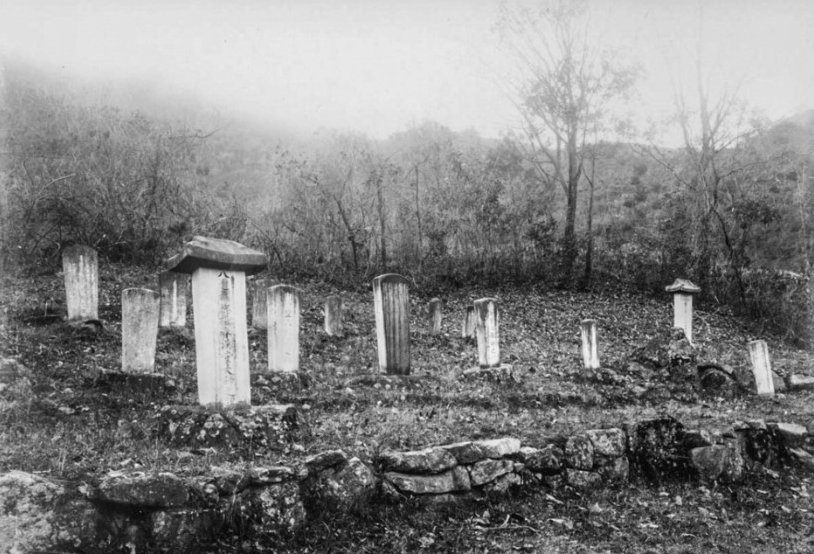
Kaesimsa Temple Now
